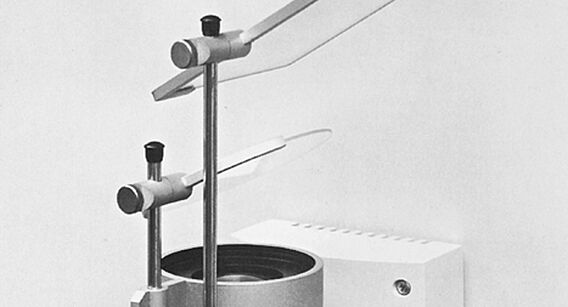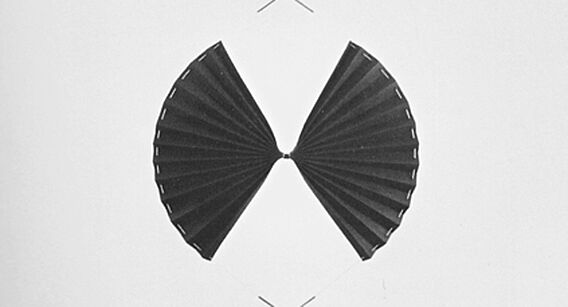Dekoratives Licht – decorative light
Appreciation of the winner
by Rido Busse
When the Bavarian Minister for the Economy and Traffic launched the State Prize for Young Designers in 1987, one professor at each of the universities invited to participate was responsible, together with his or her colleagues, for selecting three or four of the best diploma theses of the past year. These works then would be submitted by the respective graduates. Being nominated by their respective universities was already a distinction for the graduates. Such selection ensured the high quality of the submissions, which was demonstrated in the first two State Prize contests. Today, the universities handle nominations a bit more loosely. The result: the number of works submitted has increased, but the quality has not. It is better for a university’s reputation if it refrains from entering works rather than submitting diploma theses without filtering them in advance, leaving the organizer and the jurors feeling mocked. Without a doubt, the university is humiliated in such cases. The Bavarian State Prize is not intended to be awarded for works that represent nothing less than what design agencies have to do in 80 or 90% of the cases, namely, to “clean up” products that already exist. Professional design alone is not worth an award – there must be something extra.
The two winners have shown what this “extra” should look like. Henk Kosche’s concept could be titled “Pleasure through Light.” His device can be used to create multi-colored lights to design and decorate rooms. A halogen spot throws tightly bundled light through metallic filters that let some colors through (red, for example) and reflect others. This principle, in combination with mirrors, facilitates the creation and mix of all of the spectral colors which then can be projected onto a wall or ceiling. Inserting screens of lenses or pin diaphragms allows the playful creation of bizarre, picturesque colors and patterns. What makes this work so interesting for interior designers is its ability to redesign walls and ceilings through light, shapes and colors on a day-to-day basis. With its many functions, the quality of the design convinced the jury.

